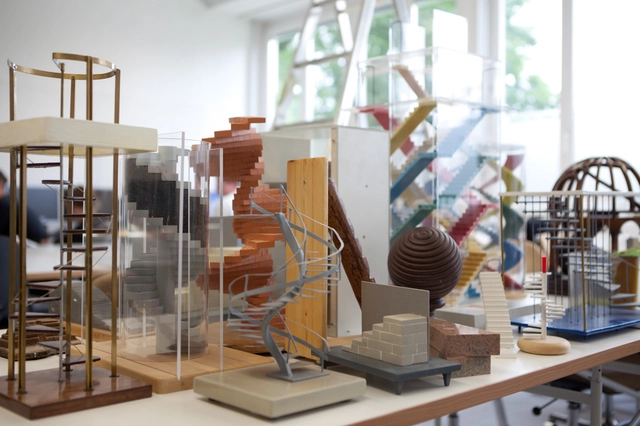
As part of an initiative to raise money for the Transbay Transit Center, the City of San Francisco has sold a $72 million, city-owned parcel to developer Related of California that will pave the way for a 550-foot, OMA New York-designed residential tower. Located on Folsom Street, between First and Fremont streets, the new tower will be a mix of condominiums and rental apartments, of which 27 percent must be affordable to residents making 60 percent of the area’s median income ($58,250 for a family of four, according to SFGate). We will keep you posted as more details become available.































